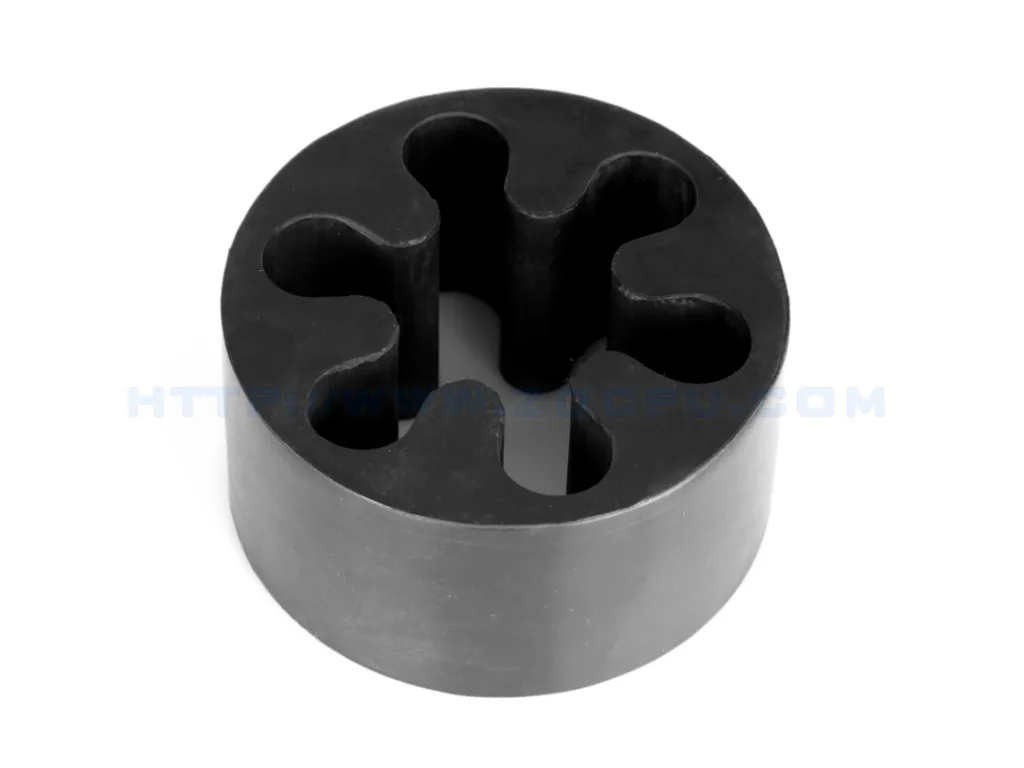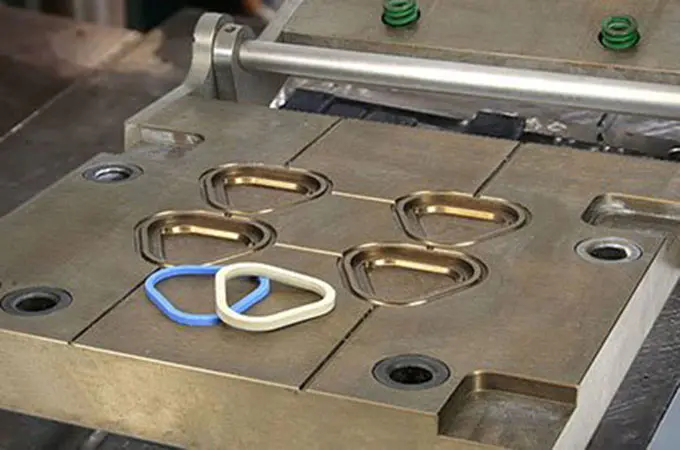
Home » SBR

SBR
Material Type
Rubber
Material Full Name
Styrene-Butadiene Rubber
Process Compatibility
Compression Molding, Injection Molding
List of Elastomer & Rubber Material
List of Plastic Material
List of Metal Material
SBR Description
Price
$$$$$
Strength
Excellent abrasion resistance and durability.
Weakness
Poor resistance to ozone, weathering, and heat.
Common Application
Tires, footwear, gaskets, hoses, conveyor belts, seals, and various industrial and consumer goods.
SBR Properties
SBR stands for Styrene Butadiene Rubber, which is a synthetic rubber compound that is widely used in various industries. It is created through the polymerization of styrene and butadiene monomers. SBR is particularly valued when a balance of properties and cost-effectiveness is required. However, due to its limitations in specific areas like weather resistance and oil resistance, SBR is often compounded or blended with other materials to enhance certain properties for targeted applications.
Properties at a Glance
*Pease note: The following material properties are for reference only. Actual values may vary depending on the selected material brand.
| Property | Metric | English |
|---|---|---|
| Density | 0.94-0.98 g/cm³ | 58.69-61.25 lb/ft³ |
| Shore Hardness A | 30-95 | 30-95 |
| Tensile Strength | 3.48-20.68 MPa | 500-3000 PSI |
| Elongation at Break | 450-600% | 450-600% |
| Min Temp. | -50~-35°C | -60~-30º F |
| Max Temp. | 100~120°C | 210~250º F |
Chemical Properties
- SBR is generally resistant to mild acids, alkalis, and alcohols.
- It may degrade when exposed to oils, greases, and hydrocarbons.
- Poor resistance to fuel.
How Additives Improve SBR Properties
SBR can be modified to enhance its properties. One common method is through incorporating additives into the SBR during the mixing process. Some of the additives include:
- Fillers (e.g., carbon black, silica): Enhance tensile strength, abrasion resistance, and tear strength.
- Plasticizers (e.g., oils, resins): Improve flexibility and reduce stiffness.
- Antioxidants: Prevent degradation caused by exposure to oxygen and heat, thereby extending the service life of SBR products.
- Antiozonants: Protect against cracking and deterioration caused by ozone exposure, particularly in outdoor applications.
- Flame retardants: Reduce flammability and improve fire resistance in applications where fire safety is a concern.
Get Custom SBR Parts with Zhongde
Is SBR material recyclable?
Yes, SBR material is recyclable. It can be reclaimed, ground down, and reused in various applications.
Is SBR material suitable for sealing applications?
Yes, SBR (Styrene Butadiene Rubber) material is suitable for sealing applications due to its ability to conform to irregular surfaces and provide effective sealing against liquids, gases, and other environmental elements.
Can SBR be used in food-contact applications?
No, SBR (Styrene Butadiene Rubber) is generally not recommended for use in food-contact applications. SBR may leach harmful chemicals or impart undesirable flavors or odors to food products, making it unsuitable for direct contact with consumable items.




